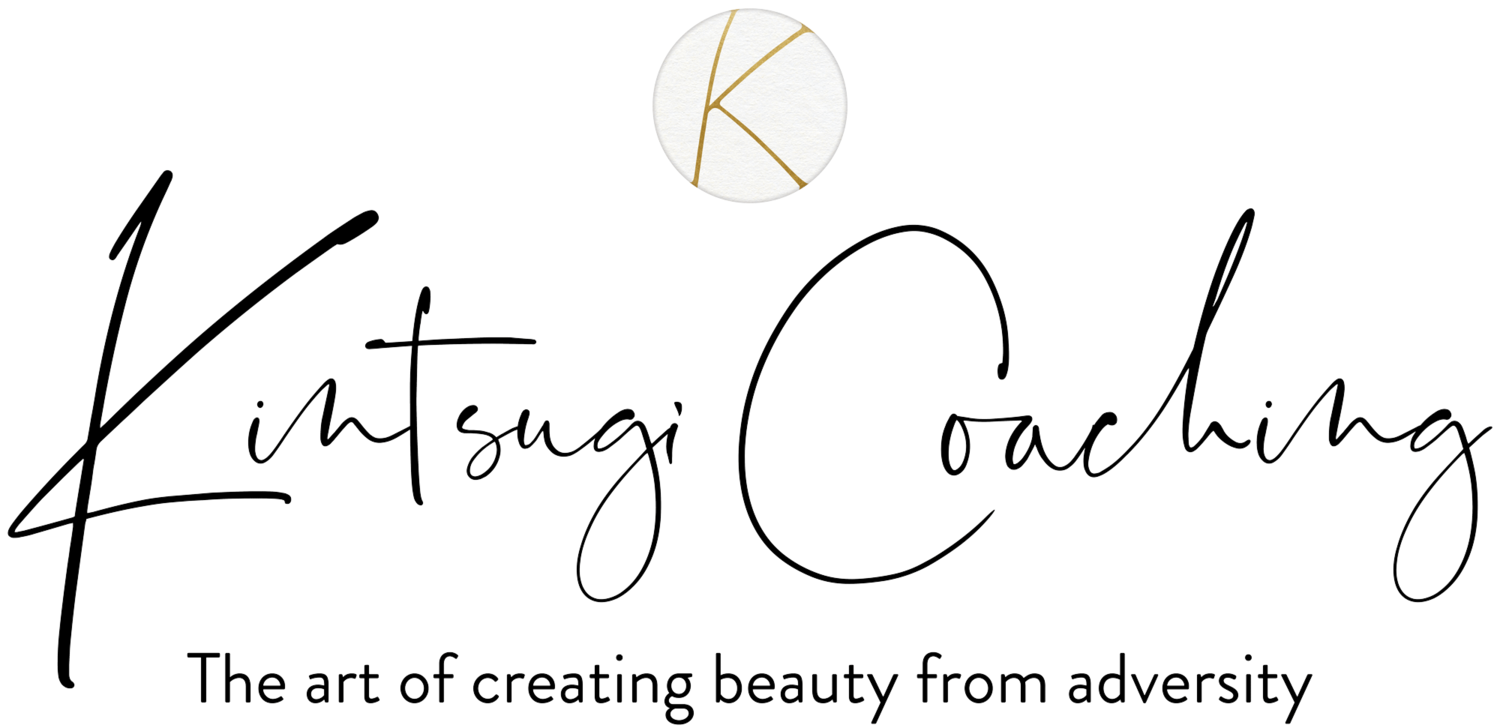Betwixt and Between: How to Navigate Life's Transitions
“Surrender is the intersection between acceptance and change.”
My eggs have all hatched. This is what I thought last week as I sat on the porch in the morning, my children back in school. I thought about them being gone, and about my book being finished, and my mother entering the last chapter of her life. I sat and I thought about a lot of things that have to do with the period of seemingly empty time between the end of one thing and the beginning of another.
Fall always stirs up the feeling of being between something and something else. It’s harvest time, when we gather what we’ve sown and leave the fields fallow for the winter. It’s my favorite season in many ways, but it’s also sweetly melancholic. Unlike spring, which heralds new beginnings, fall initiates us into endings: the end of warmth and the voluptuousness of days. Its potency lies in being a visceral reminder of the passage of all things. Fall places us, willingly or not, in an in-between place, a place Tibetans call “bardo.”
“Bardo” means “intermediate state,” or “transitional state.” It refers to the period of time between lives on earth. More metaphorically, it describes those times when our usual way of life becomes suspended as, for example, during a serious illness or loss. The empty nest is a bardo state. Cancer is a bardo state. Divorce and mourning are bardo states. Anytime your identity is subjected to radical change, you are in the bardos.
Being in-between undermines our imagined sense of stability. Traveling the bardos is a perilous journey into the unknown. The time between leaving one identity and embodying another can be fraught with anxiety and impatience. Our tendency is to try to fight and claw our way out of this in-between place, to “do” something to move things along (or back) to regain our balance. This is actually a form of resistance and resistance, as they say, is futile. It is resistance that creates our suffering and anxiety, not change itself.
I can resist my children’s growing up and my mother’s decline and my own. I can hate it and mourn the too-quick passage of time, lamenting what is lost, worrying about the future, and I often do, which is foolish. It serves nothing to rail against what is; it’s not graceful or natural or even helpful. And the truth is, the in-between is as real a place as what came before or what will follow. It’s not nothing. In fact, it’s the opposite of nothing: it’s everything. The real in-between time is what lies between our birth and our death. The in-between time is Life. Sometimes, like in the Fall, we just become more aware of that fact.
When you find yourself in-between, in the bardos, you are, in fact, in a place of pure potentiality, where the old limitations are gone and the new paradigm is not yet formed. This means total possibility. Anything could happen (and it frequently does, as Dr. Seuss would say). And while such spaciousness can be terrifying (I might die, or be left all alone, or wind up living in a box on the sidewalk), it can just as easily be electrifying. I might become a huge literary success, get that house in Santa Fe that I always dreamed about, and be surrounded by gorgeous grandchildren. The point is that surrendering to the in-between time keeps this potential space open, and the more open space, the deeper and more expansive the emerging reality can become. It is in the space in-between that we mourn and dream.
The key to traversing the bardos is to surrender to it: surrender the fear and longing, surrender the struggle, and just be who and where you are. Spiritual surrender doesn’t mean you give up mindlessly or deny your feelings; it simply means to give up your inner resistance to what is. You don’t have to like it, but neither do you need to fight it. This only wastes precious energy on fruitless flailing. Spiritual surrender is the equivalent of aikido, a word that means “way of adapting the spirit.” Rather than meeting the onslaught with force, you allow the force to move past you. The skillful means to this is surrender.
Simply allowing yourself to sit quietly in the in-between times allows you to make meaning of what has passed, and to prepare for what is coming. Something is gone. Something new is arriving. Lean into that space. There is no end that does not usher in a beginning.
Fall is here. My book is done. My children are growing. My mother is failing. What will happen next? Where will it all go? I have no idea. So I sit and repeat to myself the little mantra I created for the in-between time—another word, really, for all the time.
I am open and willing to receive.
I am open, and willing to let go.
I am open to wonder, not needing to know.

